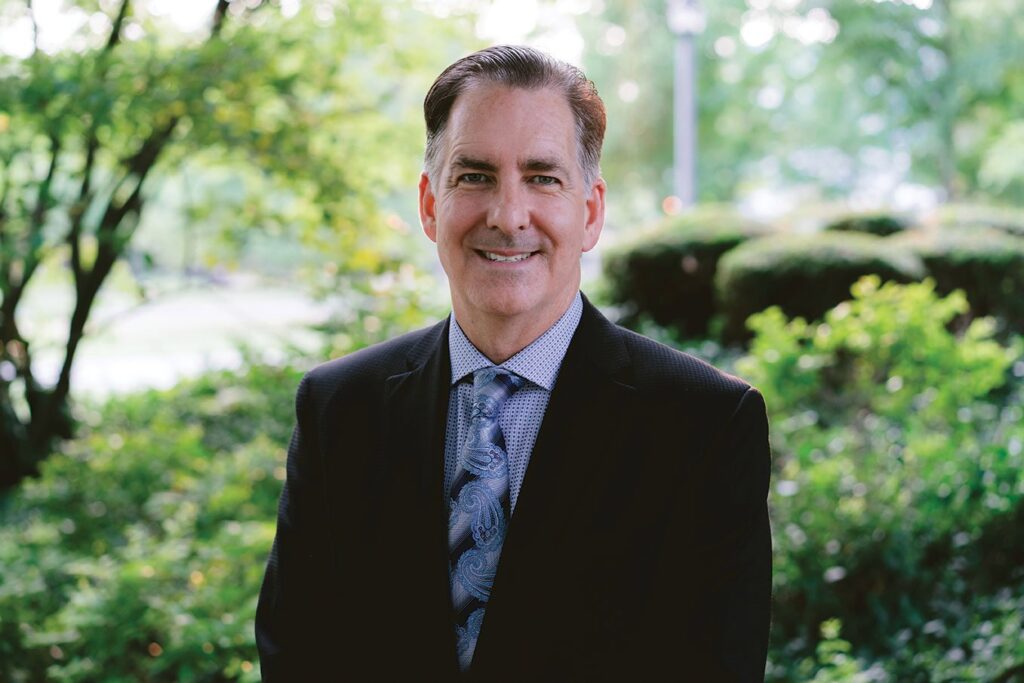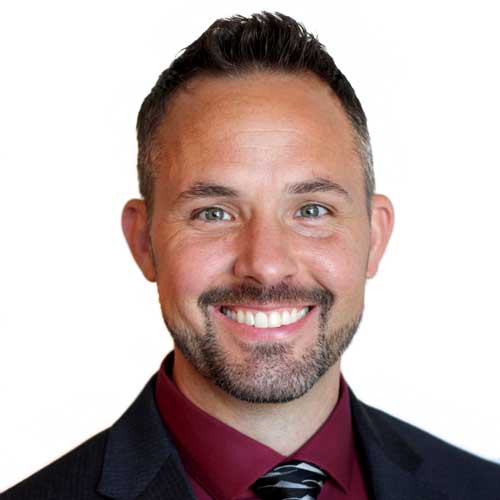The 2021 Canadian Federal Election is coming up on Monday, September 20th. The Windsor/Essex Community Benefits Coalition is looking to help inform voters on each party’s platform and their local vision for Community Benefits in the region. This is a non-partisan initiative. The Coalition has reached out to all federal candidates in the Windsor-West, Windsor-Tecumseh, and Essex ridings. Along with sending information regarding Community Benefits, we asked them these three questions:
- Would you support legislation formalizing Community Benefits around federally-funded infrastructure projects?
- How can the federal government best support local communities to mitigate the effects of development and amplify positive effects?
- Do you support a Legacy Fund for the Gordie Howe International Bridge?
The answers to these questions have been submitted from the following candidates (listed alphabetically):
Brian Masse, NDP candidate in Windsor West
Jeremy Palko, Christian Heritage Party candidate in Essex
Nancy Pancheshan, Green Party candidate in Essex
Sandra Pupatello, Liberal candidate in Windsor West
Would you support legislation formalizing community benefits around federally-funded infrastructure projects?
Yes, I support legislation to enshrine community benefits as part of any federally-funded infrastructure project. Last parliamentary session I introduced a Private Members Bill C-322, An Act to amend the Department of Public Works and Government Services Act (community benefit). The PMB would authorize the Minister of Public Works to require an explanation of anticipated community benefits when bids are submitted for federal infrastructure projects. The bill will define what community benefits are and how government can collaborate with communities to obtain maximum benefits.
Additionally, a full assessment of community needs must be part of the consultation and planning process to comprehensively identify the impacts, the mitigation and to ensure the residents can truly benefit directly from this public investment. Furthermore, we would extend the requirements, criteria, and the mandate for community benefits to any infrastructure project that requires federal approval and federal permits.
How can the federal government best support local communities to mitigate the effects of federally-funded infrastructure and amplify positive effects?
From the outset a full assessment of community needs must be part of the consultation and planning process to comprehensively identify the impacts, the mitigation and to ensure the residents can truly benefit directly from this public investment. This requirement must be legislated and implemented to be an essential step in all infrastructure projects. To guarantee that community needs and negative impacts are dealt with not only in the building of the infrastructure but during its useful life a community legacy fund must be established as part of the community benefits. This legacy fund will be used to mitigate and ameliorate the anticipated and unanticipated negative impacts as well as to ensure the resources are available to address community needs as they change over time during the life of the infrastructure.
Do you support a Legacy Fund for the Gordie Howe Bridge?
Yes, I support a Community Legacy Fund for the Gordie Howe Bridge. As the Member of Parliament for Windsor West I have called for a Legacy Fund for the community for the new public bridge crossing since 2005.
A legacy fund is the only way to guarantee that community needs and negative impacts are dealt with not only in the building of the bridge but during it useful life. This legacy fund will be used to mitigate and ameliorate the anticipated and unanticipated negative impacts as well as to ensure the resources are available to address community needs as they change over time during the life of the bridge which will be there for more than a hundred years.
Would you support legislation formalizing community benefits around federally-funded infrastructure projects?
The affected community should be appropriately engaged in the project management process. If current legislation is lacking the public accountability deemed necessary, then, yes, I would support formalizing the associated changes required.
How can the federal government best support local communities to mitigate the effects of federally-funded infrastructure and amplify positive effects? Do you support a Legacy Fund for the Gordie Howe Bridge?
Public engagement would help to ensure that the people are listened to through open dialogue & accountability and would in turn encourage the community to perceive federal projects as beneficial. The legacy fund appears to be a wise method to protect against future unknowns.
Would you support legislation formalizing community benefits around federally-funded infrastructure projects?
I am of the opinion, that less bureaucracy is best. However, if many in the community wanted the process more formal, I would definitely support legislation formalizing community benefits funds.
How can the federal government best support local communities to mitigate the effects of federally-funded infrastructure and amplify positive effects?
A priority, to mitigate the effects of the new bridge, should prioritize purchase and protection of surrounding natural areas and other lands. We have the worst air pollution and some of the fewest natural areas in Canada. The new bridge will be a major source of air pollution.
Essex/Windsor has the worst air quality and cancer rates in Canada. According to the Windsor/Essex County Health Unit’s report on Climate Change and Health Vulnerability “The Windsor-Detroit bridge crossing … is a major source of air pollution”. We need to shield our citizens from the new bridge’s air pollution to mitigate health causes effects (cancer, asthma) and impacts on high-risk groups (children, elderly pregnant women etc) Mitigating measures should put a high priority on protecting and increasing natural areas to reduce the impacts of air pollution and greenhouse.
The Ojibway Prairie Complex, a globally endangered ecosystem, is directly adjacent to the new bridge. In fact, Black Oak Park has less than 5 occurrences on Earth and is an imperiled ecosystem. The entire Ojibway Prairie Complex also represents half of the remaining natural areas in Windsor. Windsor continues to decline in natural areas. In 2013, the Essex Conservation Regional Authority (ERCA)stated Windsor had 5.55% and 0.37% forest and wetland habitat remaining respectively. Environment Canada states each community should have 30% to prepare for climate change. ERCA proposed the largest restoration opportunity was in Ojibway Prairie in their Essex Regional Natural Heritage System Strategy (2013). Mitigation and assist Windsor in preparing for climate change.
Do you support a Legacy Fund for the Gordie Howe Bridge?
Absolutely!
Would you support legislation formalizing community benefits around federally-funded infrastructure projects?
How can the federal government best support local communities to mitigate the effects of federally-funded infrastructure and amplify positive effects? Do you support a Legacy Fund for the Gordie Howe Bridge
My history with community benefits as it relates to government infrastructure projects is a positive one for the city of Windsor. It began with internal discussions around the letting of the contract related to the Herb Gray Parkway. These multi billion projects often are left to major international companies simply because they are the only ones that can bankroll projects of this size. My fear, and that of my colleague Dwight Duncan, was that this would negate the ability of local contractors to participate. We created the idea of “community benefits” to be embedded in the language of the contract, so that any winning bid had to show the local benefits we would see if they won. That meant that local contractors with local employment would see that bid get points towards their contract, as one example. This was the first time this was used in Canada, and it was a great success right here in Windsor. This became the model language in the bridge contract whose legacy we are enjoying today.
These successful Windsor projects are exactly why it should be a template for all major infrastructure projects! We rolled right over the objections of “we don’t do it like that, or that’s never been done” and are able to prove that it works. So, yes, this fund, and yes.






Recent Comments